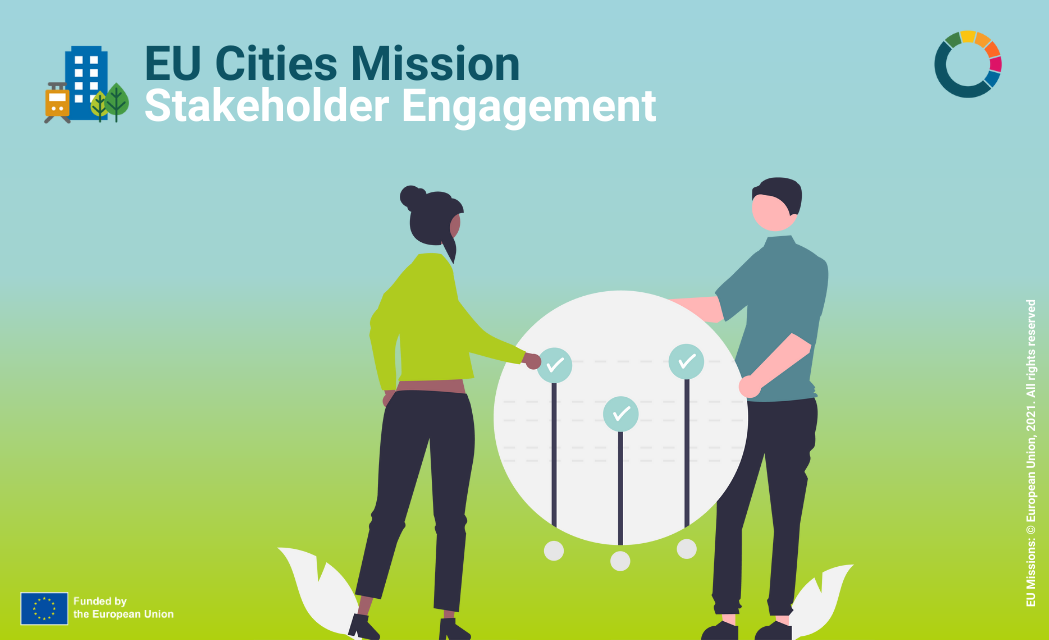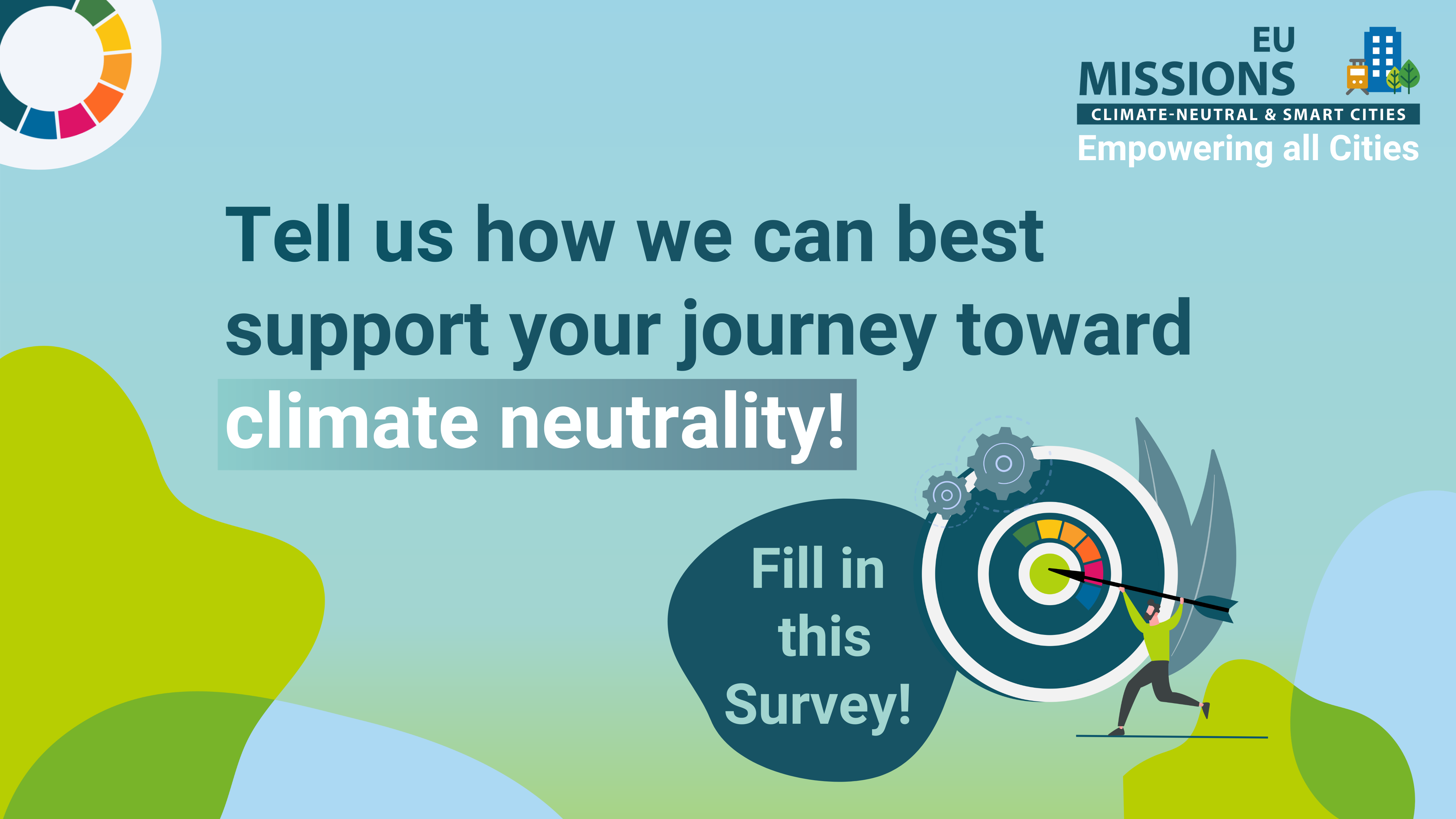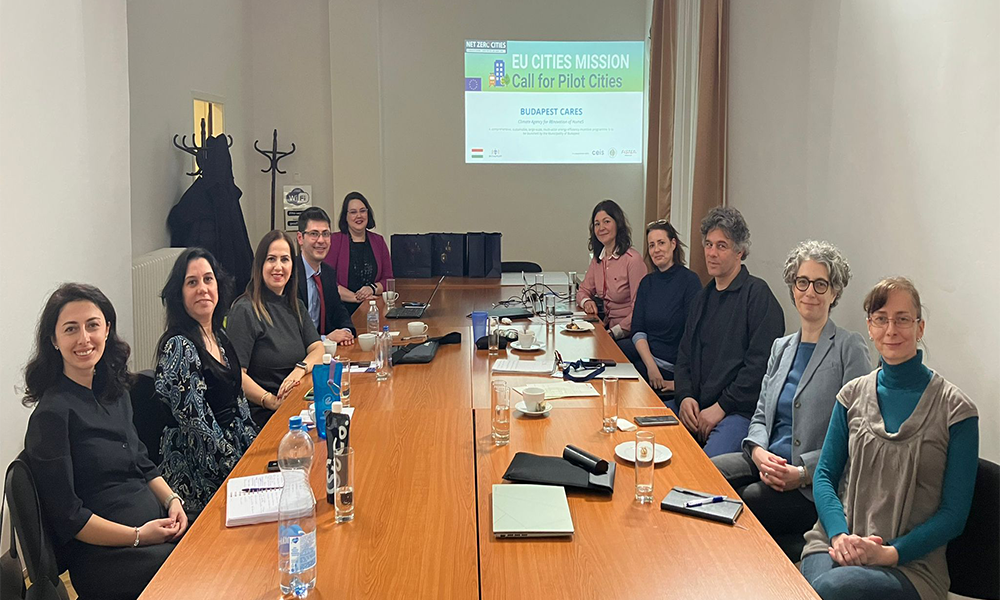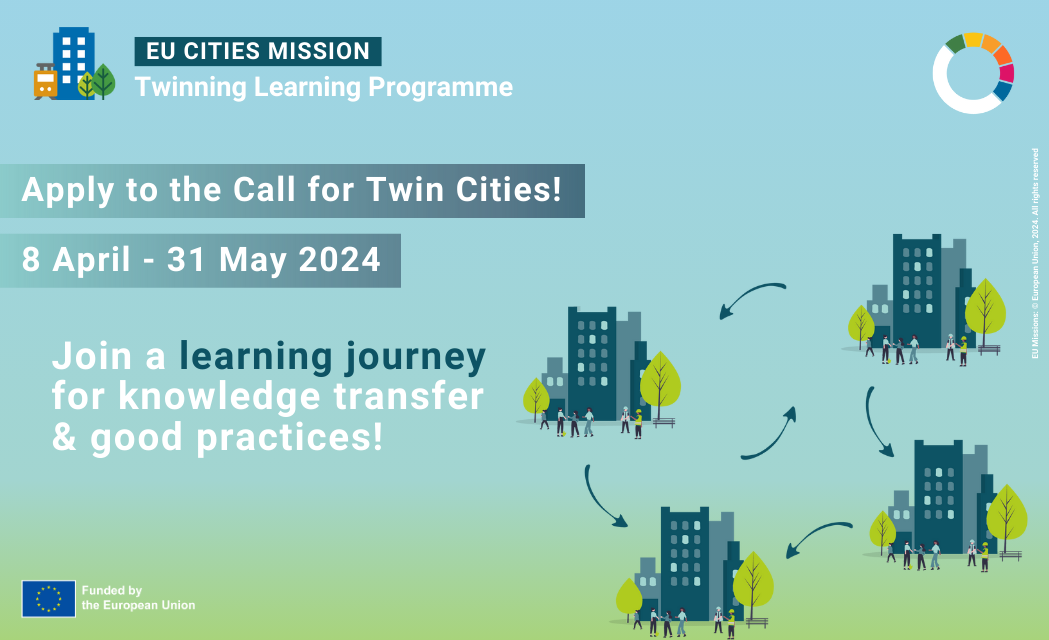Authors: Lilybell Evergreen, Katherine Peinhardt
Cities are experimenting with ways to better connect with their residents – civic and stakeholder engagement are increasingly at the centre of how cities develop, govern, and grow. But as cities expand their commitments to climate neutrality, they must also examine the ways that their residents take part in this transformation. The scale of action and systemic change needed to reach climate neutrality is large and needs to be coherently connected and led. Because of the scale and complexity of addressing the problems they face, cities need knowledge and ideas from all corners of their ecosystem.
This is about more than engaging citizens and stakeholders, but making sure they are engaged in effective and meaningful ways. To ensure meaningful engagement, cities need new tools, approaches, and channels to bring everyone into the process of evolving how societies operate.
Why citizen and stakeholder engagement?
Citizen and stakeholder engagement in the climate era is paramount for two reasons: first, individual experiences are likely to be fundamentally different and second, substantial power dynamics arise that reveal underlying mindsets including fear of exploring unknown options.
On the first, climate change will affect populations unevenly and differently, but it will deeply affect every person in some manner. Therefore, citizen and stakeholder engagement must be inclusive: gathering, linking, and mobilising a wider range of knowledge and lived experiences than ever before from residents, the private sector, and the third sector. While most cities already have some form of regular contact with their stakeholders, getting to climate neutrality will mean fully mobilising the power of interaction. To meet this challenge, the various levels of gathering input from members of the community will need to change in scope and form.
And on the second, as cities further their engagement, it is likely that substantial questions about power dynamics will arise: How much influence do residents and stakeholders have over the climate transition? How can cities platform the voices of existing grassroots activists? How comprehensively ‘just’ can efforts be considered? Directly embracing and grappling with difficult questions with honesty will imbue the process with meaning and ensure that engagement is genuine and grounded in real opportunities for community involvement. Cities are facing complex times and questions; these shouldn’t be avoided but rather explored with a collective open mind.
Cities already know that they need to find a new way of approaching their engagement but it is difficult to clearly identify the changes needed. There are three elements cities should consider in their exploration:
1. Meaningful engagement
At its most different and innovative, engagement goes far beyond symbolic consultation. It changes the very nature of decision-making processes. This looks like cities recognising the value of actors across the system by providing meaningful ways for citizens and stakeholders to impact policy and plans. In Mission Cities like Antwerp, Bologna, and Lisbon, participatory budgeting has already taken root. This represents a formal change of process and lends transparency to a part of governance often seen as opaque or distant to the everyday lives of citizens. Meanwhile, other cities are forging new platforms for co-creation: Lyon, France has created the Agora Lyon 2030, which convenes stakeholders to set out a roadmap for the City, including climate commitments supported by cooperation agreements with residents. Every city will have its own approaches: more examples of citizen and stakeholder engagement in Mission Cities can be found here.
The ways that communities engage in the climate neutrality journey also need to be “fit for purpose,” meaning that they both inform and make progress on local priorities and commitments. Participation schemes are more likely to succeed if they are adaptive to local realities, and maintain and communicate a clear rationale throughout.
2. Reflecting on the bigger picture
More than applying a single method or testing a handful of initiatives, what is important is to reflect on the underlying logic or approach with which engagement is being planned, designed, and conducted. We need to make engagement meaningful in process and impactful in outcome. To do this, we need to step back from a single initiative and look at how the whole city is interacting and circulating knowledge. This is essential to ensuring engagement isn’t one-off, disconnected from the rest of a city’s activities and governance, and more motivated by gaining people’s support to legitimise action rather than collectively leveraging knowledge and expertise for societal good.
3. Building trust
The reason that this is so important is about trust: by seeing and participating in meaningful engagement, citizens and stakeholders are motivated to contribute, but even more, over time they see meaningful actions and new connections across the city ecosystem emerging, building a sense of collectivity while retaining pluralism. Engagement is as much about ensuring the right underlying dynamics and narratives are present as the final facilitation and operational delivery. It is important to recognise that no city can design and implement an engagement approach perfectly first time: this requires trying and learning with openness both at the level of the overall approach and on-the-ground when talking and collaborating with citizens and stakeholders.
How can cities do this?
Cities can start by building up democratic infrastructure, embedding ongoing, people-centred approaches into the way they govern, whether that takes the form of participatory budgeting, citizens’ assemblies, or “Living Labs” testing out climate neutrality approaches. This process builds trust in residents, who are more likely to continue to engage if they feel their ideas and concerns are truly considered. And while it does not have to be perfect on the first try, it must be something that is seen as a long-term process rather than a one-off moment.
NetZeroCities puts cities and their residents at the centre of the journey to climate neutrality and has developed innovative services and resources from which cities can learn. In recognition that cities are at different levels of maturity in their civic and stakeholder engagement, NetZeroCities has developed a variety of approaches, case studies, and tools to support cities wherever they find themselves in the process. For example: A new mapping approach for civic ecosystems improves awareness of organisations and grassroots activists already doing good work in the climate realm to help gather knowledge of what already does and does not work.
At their core, cities are complex webs of relationships between people, places, ideas, identities, and histories. All physical and non-physical parts of cities are already being and will be further affected by climate change and our necessary response to it. There is a need to openly explore new ways of approaching how we live and organise our societies; drawing on all available knowledge and experiences can help this journey while also tangibly demonstrating and building collectivity through action. To strengthen the connections between cities and their residents is to draw on precisely what makes them uniquely capable of moving the needle on climate neutrality.
